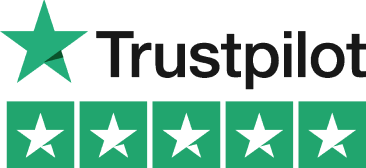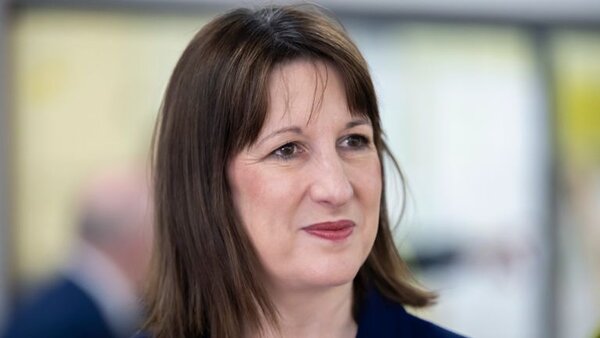Big changes are coming to the way thousands of self-employed people handle their taxes, and they’ll need to be ready within months.
From 6 April 2026, HM Revenue and Customs (HMRC) will require sole traders earning over £50,000 a year to manage their income tax through the Making Tax Digital (MTD) service. The reform is designed to replace traditional record-keeping with a fully digital system, making it easier to track and submit information in real time.
The change is part of the government’s broader push to modernise the UK’s tax system and encourage better financial management. Officials say it will help reduce last-minute tax return stress, spread the workload across the year, and ultimately make compliance simpler.
What’s changing
Currently, many self-employed workers complete their tax returns once a year, often in a January rush. Under the new system, those in the first rollout group will need to keep digital records and submit quarterly updates to HMRC, moving tax reporting closer to real-time.
This initial phase in 2026 will capture around 780,000 sole traders and landlords, with another 970,000 expected to join in April 2027 when the threshold drops further.
Why the government says it’s a good thing
James Murray MP, Exchequer Secretary to the Treasury, has described the reform as “an essential part of our plan to transform the UK’s tax system into one that supports economic growth.”
He added: “By modernising how people manage their tax, we’re helping businesses work more efficiently and productively while ensuring everyone pays their fair share.”
Craig Ogilvie, HMRC’s Director of Making Tax Digital, called it “the most significant change to the Self Assessment regime since its introduction in 1997”, saying it will make it easier for self-employed people and landlords to stay on top of their tax affairs.
Who will be affected
- Sole traders with annual income above £50,000 from April 2026
- Landlords earning over the same threshold
Those who currently keep paper or spreadsheet-based records will need to adopt approved accounting software to comply with MTD rules

Impact on the self-employed community
For sole traders and landlords, the shift to MTD is more than a tick-box exercise, it changes the rhythm of how you run your finances. Instead of saving up your receipts and paperwork for one big annual push, you’ll need to stay on top of your books every quarter.
This could be a big adjustment for people used to doing things the old-fashioned way. However, for those who adopt good digital habits early, it can make cashflow forecasting and tax planning far more predictable, removing the uncertainty that often surrounds the January deadline.
How landlords will be affected
Landlords fall under the same rules as sole traders if their total rental income crosses the relevant threshold in each phase. This applies whether you own one property or several if your total income from rent exceeds the limit, you’ll need to join MTD.
For landlords with multiple properties, MTD could make reporting simpler by keeping everything in one place, rather than juggling spreadsheets and paper records for each tenancy. But it does mean ensuring your lettings records are updated digitally in line with HMRC requirements.
The technology shift
The biggest change for many will be moving away from paper or basic spreadsheet tracking to HMRC-approved software. This is not optional; MTD compliance requires you to use compatible software that can send your quarterly updates directly to HMRC.
The good news is there’s a wide choice of tools available, from simple apps aimed at sole traders to more advanced platforms for bigger operations. Choosing the right software will be essential to making the transition as painless as possible.

Big changes are coming to the way thousands of self-employed people handle their taxes, and they’ll need to be ready within months.
From 6 April 2026, HM Revenue and Customs (HMRC) will require sole traders earning over £50,000 a year to manage their income tax through the Making Tax Digital (MTD) service. The reform is designed to replace traditional record-keeping with a fully digital system, making it easier to track and submit information in real time.
The change is part of the government’s broader push to modernise the UK’s tax system and encourage better financial management. Officials say it will help reduce last-minute tax return stress, spread the workload across the year, and ultimately make compliance simpler.
Preparing now can save you a headache later
Moving to digital reporting will be a big shift for many, especially if you’ve always relied on spreadsheets or a last-minute scramble. The earlier you choose and get used to your accounting software, the smoother the transition will be.
If you’re not sure which software to pick, look for HMRC’s list of approved MTD-compatible tools and consider how well they integrate with your current setup.
Final Summary
From April 2026, HMRC’s Making Tax Digital for Income Tax rules will require sole traders and landlords earning over £50,000 to keep digital records and send quarterly updates via approved software. The threshold will drop to £30,000 in April 2027 and again to £20,000 in April 2028, eventually affecting most of the UK’s self-employed community.
At Pie Tax, we make tax simple, stress-free, and on your side. Whether you’re a seasoned sole trader or just starting out, we can help you choose the right tools, stay compliant, and get every penny you’re entitled to. With our expert guidance and easy-to-use platform, you’ll be ready for MTD well before the deadlines hit, so you can focus on your business, not the paperwork.











